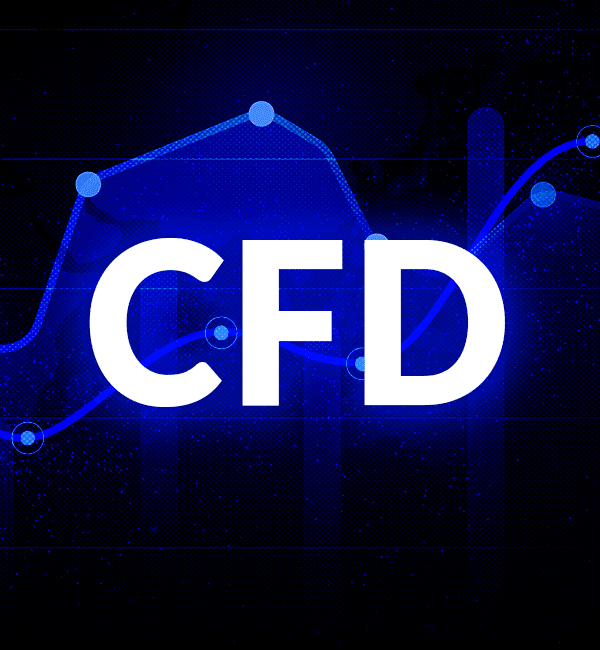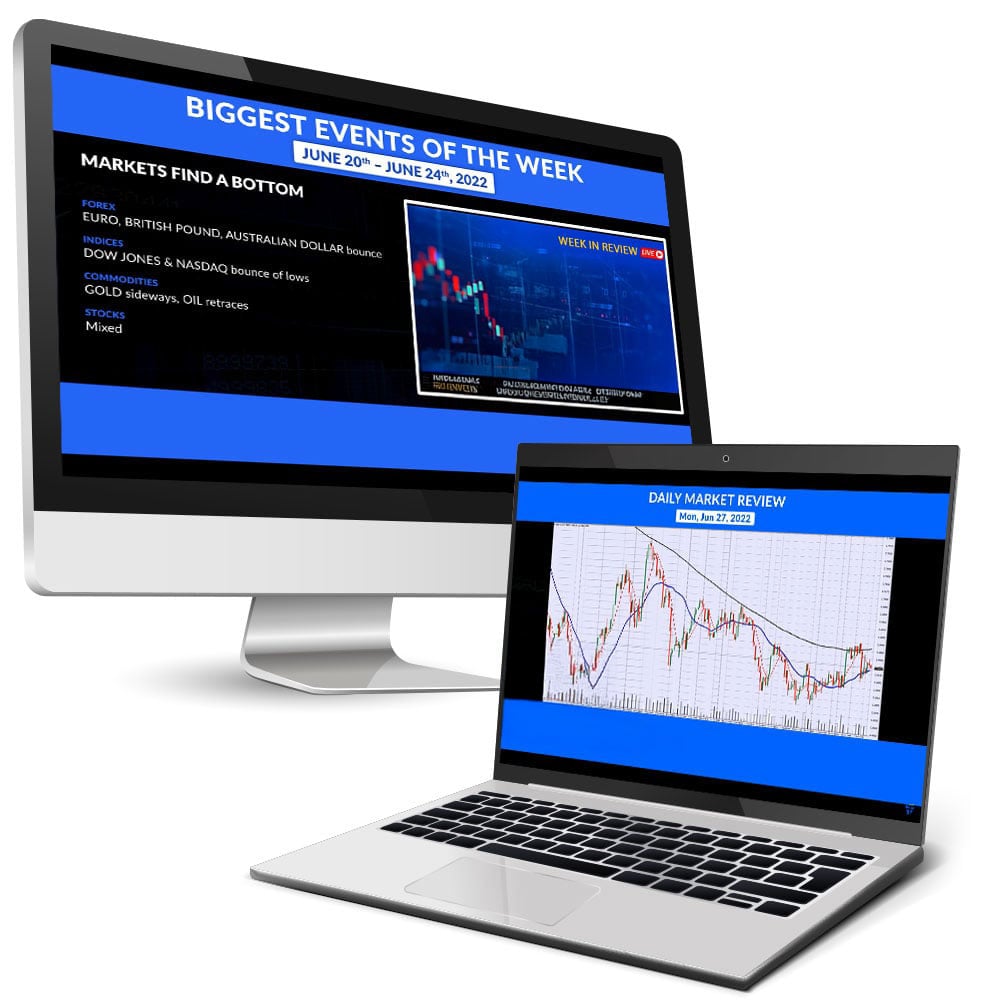CFDs, or Contracts for Difference, are financial derivatives that let traders profit from changes in the prices of various underlying assets without actually owning them. Stocks, commodities, indexes, currencies, and even cryptocurrencies are examples of these assets. In essence, when you trade a CFD, you and your broker agree to swap the difference in an asset’s price between when you start and close your position.
The fundamental concept of CFDs is making money through price changes. You start a long position if you think the price of an asset will rise. On the other hand, you initiate a short position if you expect the price to drop. The difference between the CFD’s starting and closing prices determines the profit or loss. Are you interested in becoming a CFD trader? Setting goals, being well-prepared, and understanding how the markets operate all pay off. Read the article to increase your knowledge and learn top CFD trading strategies to maximize profits.
Top CFD Trading Strategies to Maximize Profits
Hedge Trading
One kind of risk management technique is hedging, which involves opening opposing positions in the same asset to balance losses in CFD trading. It protects traders from the negative consequences of short-term price volatility and market shifts brought on by specific financial news or events.
Assume, for instance, that you have opened a long position in USD/EUR trading and that the USD depreciates due to a US financial crisis. To profit from the declining USD prices and counteract any losses from the long position in the same currency pair, you can use the hedging method in this situation to create a short position in USD/EUR.
Position Trading
Traders with a long-term outlook on the future employ the position trading strategy, which is a long-term trading approach, to hold CFD trading positions for a few months or years. With this approach, traders concentrate on long-term patterns and indicators when making decisions about the market, meaning that short-term, insignificant, or irrelevant price changes are meaningless.
Because traders anticipate that market movement will be connected to the asset’s history price behaviour, historical price movements are a primary consideration when placing a long or short order.
News Trading
Profiting from market responses to noteworthy news events is known as news trading. Traders might position themselves to benefit from the eventual market movements by predicting how news releases will affect asset values.
A variety of tactics based on various news kinds are included in news trading. Even if political pronouncements have little effect on currency pairs, some traders may prioritise them over economic data releases. Furthermore, some traders focus on the earnings season and specialise in trading stock earnings reports. Traders need to be able to respond swiftly to breaking news and have a deep awareness of market dynamics.
Pair Trading
Traders can take two opposing positions in distinct but related financial instruments, such as two different currency pairings, using the pair trading technique. By exploiting the divergence between the two assets, pair trading enables traders to possibly profit in both rising and falling markets.
The trader opens a long position in one currency pair and a short position in the other after selecting a weak and a strong currency pair in the market. By doing this, the trader increases their chances of profiting from the market trend regardless of which way it moves.
Day Trading
Day trading requires quick decisions and close attention to the market. By opening and closing positions during a single trading session, traders profit from transient price swings. In order to spot short-lived opportunities, traders mostly rely on charts, indicators, and patterns, making technical analysis crucial.
Rapid execution and a thorough comprehension of market dynamics are necessary for this high-octane strategy. Because day trading is short-term and requires continual attention, it bears higher risks even when there is a chance for significant returns.
Swing Trading
The CFD swing trading method is best suited for traders who want to hold their positions for a few trading days. Using this approach, a trader spots a significant market trend and makes long or short orders in response.
In order to profit from rising prices, traders place long orders during an upswing and hold them for a few trading days. Conversely, swing traders wait a few trading days to profit from the declining market prices after placing short orders during a downtrend.
Range Trading
Trading inside a given price range is referred to as a range trading approach. The range that the CFD has been trading in over time is predicted by traders, who then place orders that fall inside that range.
The range is always between the resistance price, which is the price at which rising prices stop rising and begin to fall, and the support price, which is the price at which falling prices stop falling and begin to rise. With the help of predetermined entry and exit signals, this approach enables traders to take advantage of non-trending markets.
Technical Analysis
For many traders, technical analysis is the foundation of CFD trading. To find possible future price trends, it involves analysing historical price movements and patterns on a chart. This approach does not require fundamental analysis because it presume that the asset’s price already takes into account all pertinent information. To identify possible indications for entry and exit positions, traders use a wide range of indicators, including moving averages, RSI, and Fibonacci retracements.
Scalping
The goal of the high-octane trading approach known as scalping is to make money off of tiny price changes. The goal of scalpers is to make a lot of deals with a little profit on each one. Access to high-speed execution platforms, a thorough comprehension of market microstructure, and lightning-fast reflexes are necessary for this strategy. Because it can result in quick losses if transactions move against the trader, scalping is dangerous by nature. It requires a high level of volatility tolerance and a solid risk management plan.
Advantages of CFD Trading
Efficient Use of Capital
With a modest initial investment, traders can enhance their exposure to an underlying asset using CFDs, which are leveraged instruments. The margin, which is a tiny portion of the position’s worth, is all that traders must deposit when they open a transaction. Leverage includes risks and can lead to greater losses should the position move against the trader, but it can also result in additional gains should the market move in their favour.
Access Global Financial Markets
Through CFDs, traders and investors can access a variety of international markets that would otherwise be inaccessible. Without needing to trade the futures contract itself, CFDs make it simple to trade commodities like gold, silver, and oil as well as a variety of international indices.
Speculate in Both Rising and Falling Markets
The ability to make money in both rising and falling markets is one of the main benefits of trading CFDs. Traders can purchase a CFD and then sell it later in a rising market. We call this “going long.” Traders can close out a CFD position in a declining market by selling it first and then buying it again later. We call this “going short.”
Resemblance to Traditional Trading
There are other ways to trade financial markets without buying any assets except CFDs. Depending on the region, a wide range of other derivatives are accessible, such as spread betting, futures, and options. CFDs, however, may seem a little more familiar to you than other derivatives if you are accustomed to conventional trading and investing. This is due to the fact that CFD trading involves purchasing and disposing of contracts that are intended to replicate the assets they represent.
Flexible Contract Sizes
Traders can adjust their trading to meet risk management standards thanks to flexible sizing. CFD contract sizes are typically less than the underlying instrument’s normal contract size. This implies that traders do not need to make a sizable deposit to be exposed to the instrument’s price fluctuation.
Hedging Other Investments
CFDs are an excellent tool for hedging an existing portfolio. Because CFDs may be used to go long as well as short, they are a more affordable option than selling the portfolio too soon and can be used to insure against unfavourable price changes. For instance, a trader may want to hold onto their long-term portfolio. They could, however, utilise CFDs to hedge their positions because they think there is some short-term risk to the value of the portfolio. The profit from the CFDs will balance out the portfolio’s losses if its value declines.
Conclusion
A flexible and profitable method of interacting with international financial markets is through CFD trading. By using the appropriate techniques, traders can modify their strategy according to their trading style, market perspective, and risk tolerance.
However, picking the best approach is not enough to succeed in CFD trading. Discipline, ongoing market research, and efficient risk management are also necessary. Because leveraged products, like CFDs, magnify gains and losses, it is crucial to trade cautiously and with well-defined objectives and a well-organised plan.
Gaining proficiency in these best CFD trading methods will greatly improve your decision-making and help you optimise profits in volatile market conditions, regardless of your level of experience. Remain disciplined, stay educated, and let strategy direct all of your actions.







